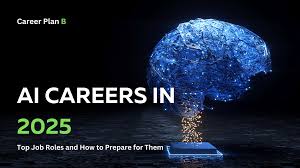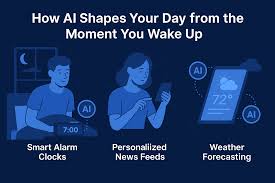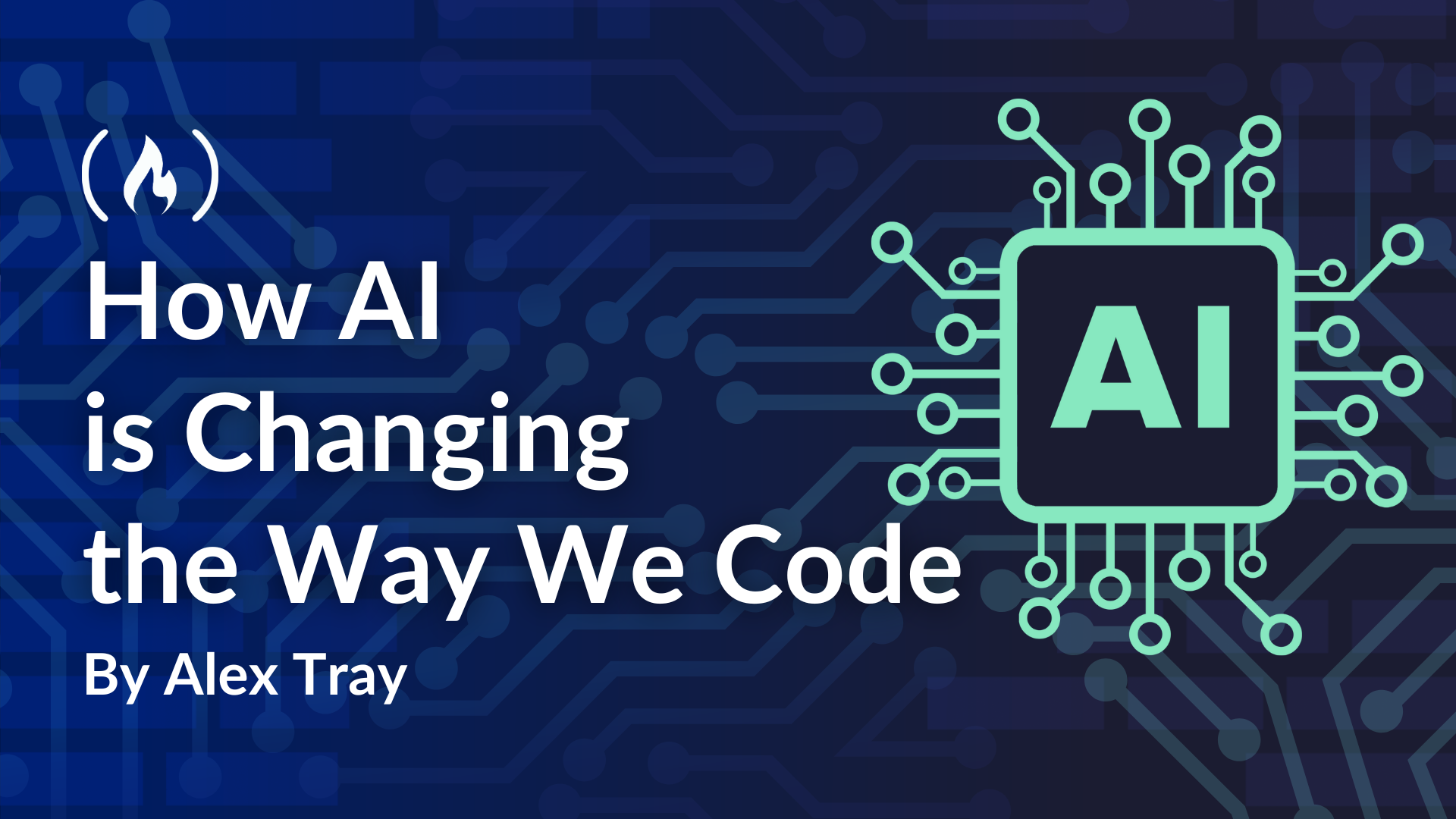Introduction
In today’s world, Machine Learning (ML) and Deep Learning (DL) are often used interchangeably. However, they are two distinct fields within Artificial Intelligence (AI). Understanding their differences is important for anyone looking to dive into AI. In this blog, we will explore both concepts and explain why it matters to know the difference.
What is Machine Learning?
Machine Learning is a subset of AI that allows systems to learn from data without explicit programming. Simply put, it teaches computers to recognize patterns and make decisions based on data.
Here’s how ML works:
- Data is fed into the system.
- Algorithms analyze the data to detect patterns.
- The system learns from these patterns to make predictions or decisions.
Some common types of Machine Learning include:
- Supervised Learning: The model is trained on labeled data, meaning the input data has corresponding output labels.
- Unsupervised Learning: The model works with unlabeled data, trying to find patterns and relationships in the data on its own.
- Reinforcement Learning: The model learns by interacting with its environment and receiving feedback.
Machine Learning is used in everyday technologies, such as email filtering, recommendation systems, and predictive analytics.
What is Deep Learning?
Deep Learning is a subset of Machine Learning that focuses on artificial neural networks. These networks are inspired by the human brain and are designed to simulate the way humans think and learn.
Here’s what makes Deep Learning different:
- It uses layers of neural networks to analyze data.
- Each layer extracts features from the data to make more complex decisions.
- Deep Learning models can process large amounts of unstructured data, like images, audio, and text, with minimal human intervention.
Deep Learning is behind some of the most advanced AI applications today. For example, voice assistants, self-driving cars, and image recognition rely heavily on Deep Learning models.

Key Differences Between Machine Learning and Deep Learning
Let’s break down the main differences:
- Complexity
- Machine Learning involves simpler models and algorithms that work well for smaller datasets.
- Deep Learning involves complex neural networks and requires a much larger amount of data to work effectively.
- Data Requirements
- Machine Learning models can work well with smaller datasets.
- Deep Learning models need vast amounts of labeled data to perform well.
- Training Time
- Machine Learning models are faster to train.
- Deep Learning models take longer to train due to the complexity of the neural networks.
- Performance
- Machine Learning models work well for structured data (numbers, categories).
- Deep Learning models excel with unstructured data (images, videos, speech).
- Human Intervention
- Machine Learning requires feature engineering, meaning a lot of input from humans to help the model understand the data.
- Deep Learning models can automatically extract features from raw data, reducing the need for human intervention.
Why Does the Difference Matter?
Understanding the difference between Machine Learning and Deep Learning is crucial for several reasons:
- Choosing the Right Approach
Depending on the task, you will need to choose the right technique. If you’re working with a small dataset, Machine Learning might be the best option. However, if you’re handling large datasets, especially unstructured data, Deep Learning could be the better choice. - Optimizing Resources
Deep Learning models often require more computational power, so understanding when to use it can save time and resources. Machine Learning models, on the other hand, are less resource-intensive and faster to deploy. - Career Opportunities
As AI technologies continue to grow, knowledge of both Machine Learning and Deep Learning will make you more marketable in the tech industry. Understanding which approach to use in different situations is highly valued by employers.
When to Use Machine Learning and Deep Learning?
Here are some scenarios where each approach is ideal:
- Use Machine Learning when:
- You have structured data (such as spreadsheets, tabular data).
- Want quick results with smaller datasets.
- You need simpler, more interpretable models.
- Use Deep Learning when:
- You’re dealing with unstructured data (images, videos, speech, or text).
- You have large datasets to train the model.
- You need to automatically extract features from data without much human intervention.
Real-World Applications of Machine Learning
Machine Learning is widely used in various industries. Here are a few examples:
- Healthcare: ML models can predict patient outcomes, analyze medical images, and assist in drug discovery.
- Finance: Machine learning is used in fraud detection, credit scoring, and risk management.
- Retail: ML helps with product recommendations, customer segmentation, and inventory management.
- Social Media: Platforms like Facebook and Instagram use ML for content recommendations and ad targeting.
Real-World Applications of Deep Learning
Deep Learning powers some of the most advanced AI systems in the world today. Here’s how it’s being used:
- Self-Driving Cars: Deep Learning helps self-driving cars recognize objects, navigate roads, and make decisions in real-time.
- Speech Recognition: Voice assistants like Siri and Alexa rely on Deep Learning to understand and respond to voice commands.
- Image Recognition: Deep Learning is used in medical imaging to detect diseases, in security systems for facial recognition, and in social media platforms to tag photos automatically.
- Natural Language Processing: Deep Learning models help computers understand and generate human language. They’re used in chatbots, translation services, and virtual assistants.
The Future of Machine Learning and Deep Learning
Both Machine Learning and Deep Learning are growing fields with endless possibilities. As technology continues to evolve, their applications will only increase. However, Deep Learning is expected to dominate in areas that involve complex data, while Machine Learning will remain essential for simpler tasks and structured data.
For those looking to dive into AI, understanding the core principles of both fields will be incredibly valuable. It’s important to keep learning and experimenting to stay up-to-date with the latest advancements.
Conclusion
Machine Learning and Deep Learning are both critical components of Artificial Intelligence, but they serve different purposes. Machine Learning focuses on building models with less data and simpler algorithms, while Deep Learning requires vast datasets and complex neural networks for more advanced tasks. Knowing when and how to use these techniques can make a huge difference in the quality and efficiency of your work.
For aspiring AI professionals, understanding both fields will open up countless opportunities. By mastering Machine Learning and Deep Learning, you’ll be prepared to tackle some of the most challenging and exciting problems in technology today.
Read Our Latest Blog
Data Structures and Algorithms: The Foundation of Every Great Programmer
For More Information and Updates, Connect With Us
Name Abhishek
Phone Number: +91-7488456170
Email ID: abhishek@eepl.me
Our Platforms:
Digilearn Cloud
EEPL Test
Live Emancipation
Follow Us on Social Media:
Instagram – EEPL Classroom
Facebook – EEPL Classroom
Stay connected and keep learning with EEPL Classroom!











